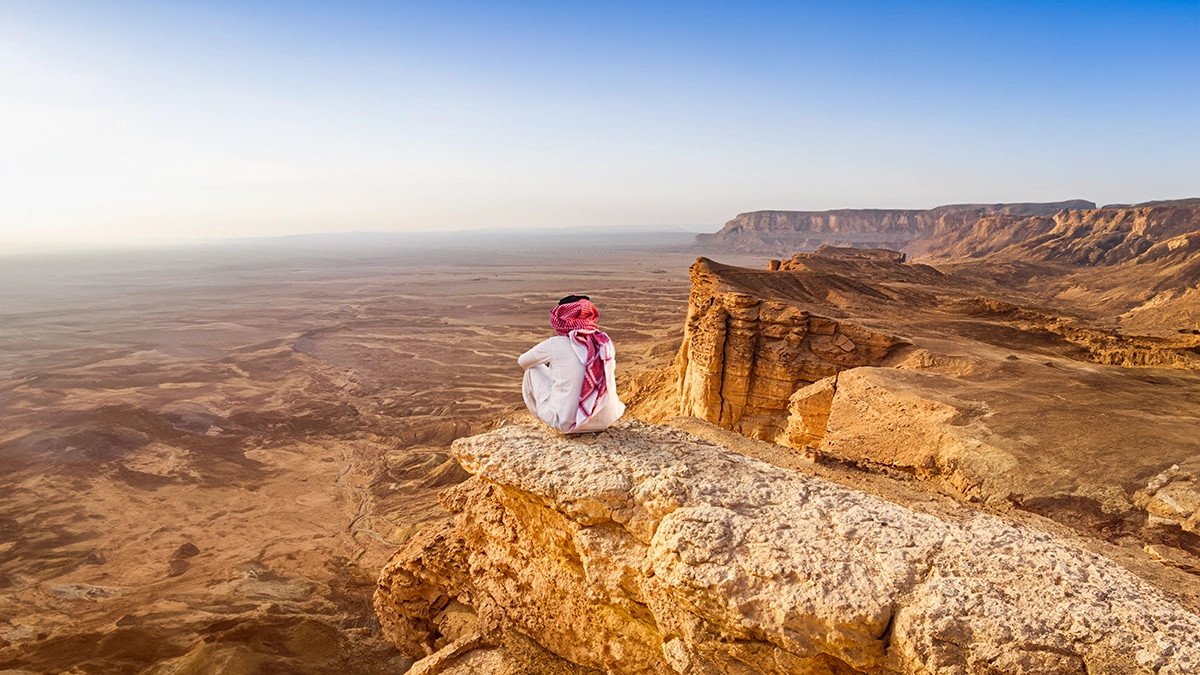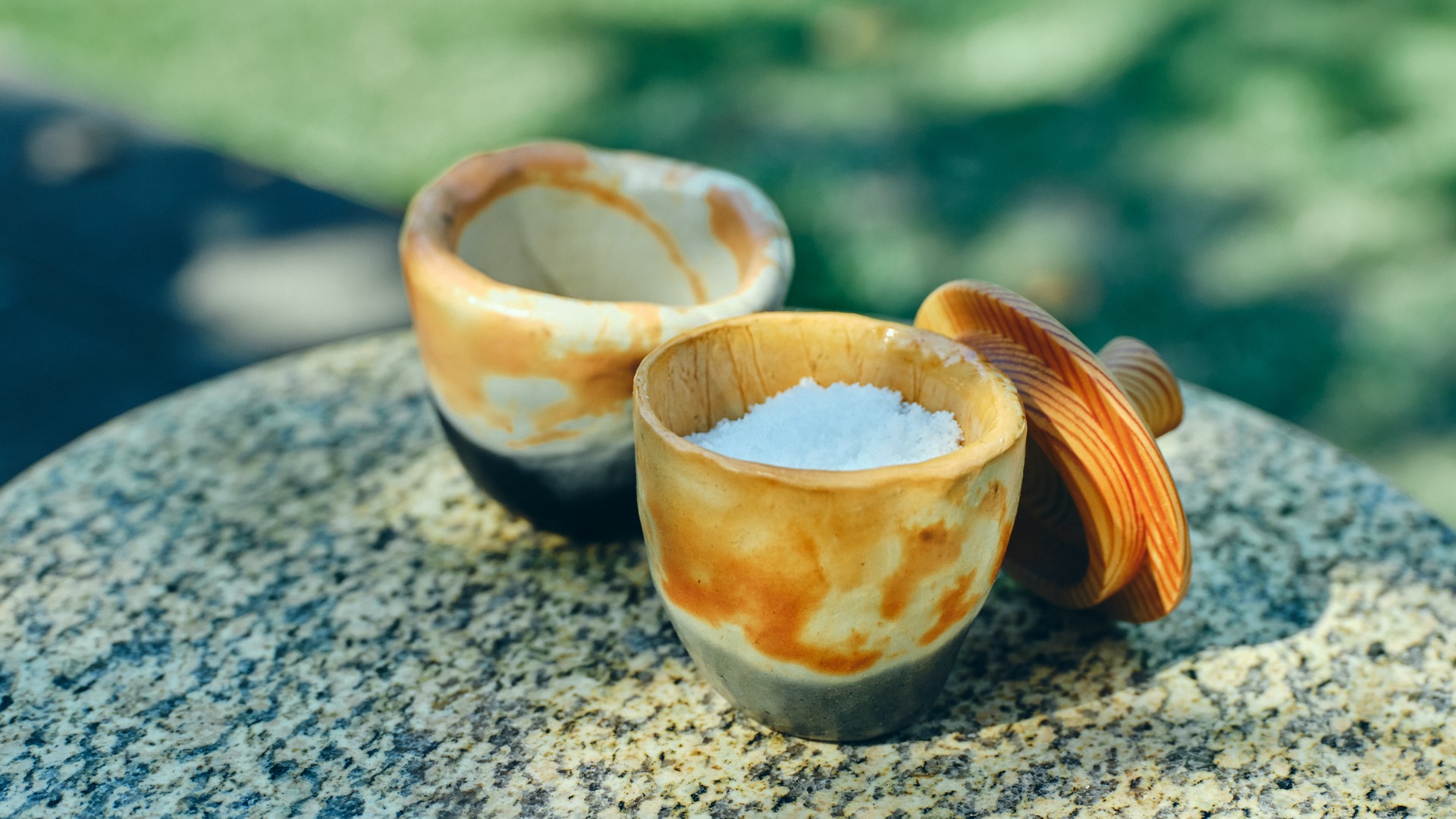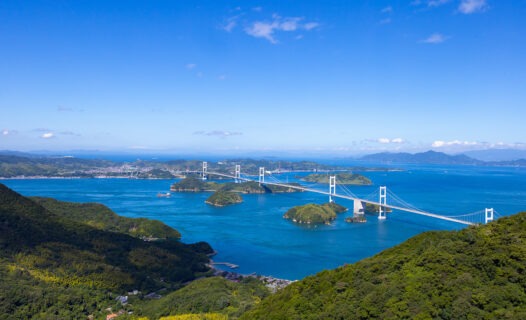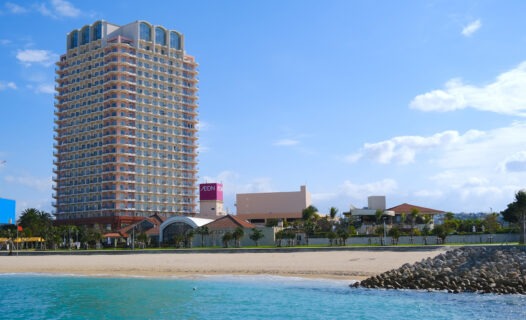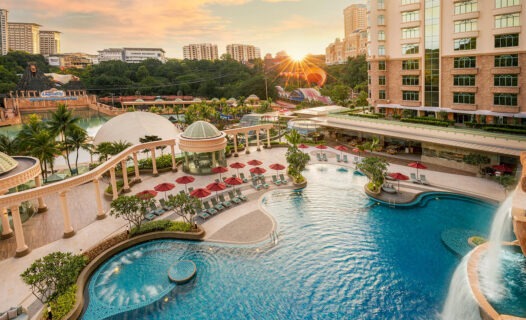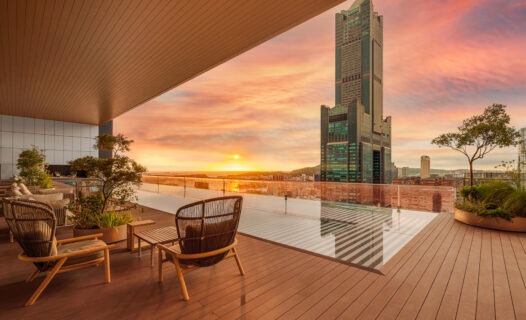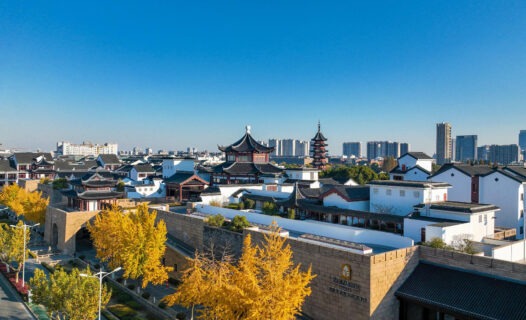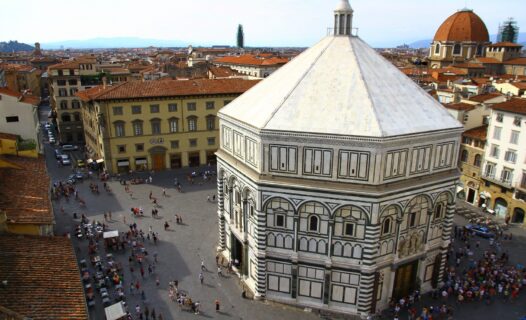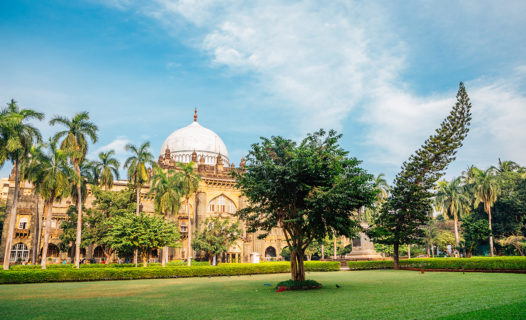Introduction
Welcome to Saudi Arabia, a land where ancient traditions meet futuristic visions, creating a captivating architectural landscape that tells a story through its structures. From the towering skyscrapers that pierce the sky to the time-honored mud-brick buildings of yesteryear, the country is a stunning showcase of architectural wonders. Each city, from Riyadh to Jeddah, boasts iconic buildings that reflect its unique cultural heritage and aspirations for the future.
Architectural festivals add an exciting layer to this narrative, celebrating both historical and modern designs. These events are not just a feast for the eyes but also a chance to engage with local culture and witness the dynamic evolution of Saudi architecture. Whether you’re an architecture aficionado or a curious traveler, Saudi Arabia’s architectural scene promises an unforgettable experience that bridges the past and the present.
Architectural Marvels of Saudi Arabia
Prepare to be amazed as we explore some of the most famous buildings and structures that define Saudi Arabia’s architectural identity. The country is home to a variety of architectural wonders that showcase a unique fusion of traditional Najdi styles and contemporary designs. Among the most iconic buildings in Saudi Arabia is the Great Mosque of Mecca, a magnificent structure that attracts millions of pilgrims each year. Its intricate design and historical significance make it a must-see for anyone visiting the country.
Another standout is the Kingdom Centre in Riyadh, a striking skyscraper that offers breathtaking views of the city from its sky bridge. This blend of modern architecture with cultural elements is what makes Saudi Arabia’s skyline so captivating. The Al Faisaliyah Center, with its distinctive globe-shaped top, is another example of how contemporary design can harmoniously coexist with traditional aesthetics.
But it’s not just the well-known landmarks that deserve attention. Hidden gems like the historical mud-brick structures of Diriyah, a UNESCO World Heritage site, offer a glimpse into the kingdom’s rich past. The architectural styles here tell stories of resilience and heritage, making them just as important as the modern skyscrapers that dominate the urban landscape.
For those eager to discover more about the architectural treasures scattered across the nation, check out our guide on Discover Saudi Arabia’s Landmarks.
Historical Treasures: A Look at Traditional Architecture
Step back in time as we delve into the historical buildings of Saudi Arabia, where each structure is a chapter in the country’s architectural story. Traditional architecture in Saudi Arabia is not just about aesthetics; it reflects the cultural significance and lifestyle of the people. Cities like Diriyah and Al-Ula are perfect examples of how historical buildings can narrate the tales of a bygone era.
Diriyah, the original home of the Saudi royal family, is renowned for its mud-brick buildings that date back to the 15th century. The intricate designs and layouts of these structures reveal much about the social and economic conditions of the time. Walking through the narrow alleyways of Diriyah feels like stepping into a living museum, where every corner has a story to tell.
Similarly, Al-Ula is famous for its rock formations and ancient tombs, including the stunning Madain Saleh, another UNESCO World Heritage site. The Nabatean tombs carved into the sandstone cliffs are a testament to the architectural prowess of ancient civilizations. This site not only showcases traditional architecture but also highlights the region’s historical significance as a trade route.
As you explore these historical gems, you’ll find that the architecture is a form of storytelling, capturing the essence of Saudi Arabia’s rich cultural heritage. For more insights into the historical sites that shape the kingdom’s identity, take a look at our article on Historic Landmarks in Saudi Arabia.
Modern Marvels: Skyscrapers and Contemporary Designs
Shifting gears, let’s take a look at the modern architectural feats that are reshaping Saudi Arabia’s skyline. The impact of Vision 2030 is evident in the ambitious projects that are transforming cities into global hubs of innovation and design. Skyscrapers like the Jeddah Tower, which aims to be the tallest building in the world, symbolize the kingdom’s aspirations and determination to stand at the forefront of modern architecture.
In Riyadh, the King Abdulaziz Center for World Culture is a stunning example of contemporary architecture that not only serves as a cultural hub but also embodies the kingdom’s commitment to preserving its heritage while embracing the future. Its unique design and multifunctional spaces make it a beacon of creativity and inspiration.
As you roam the streets of these cities, you’ll notice how modern architecture in Saudi Arabia often incorporates elements of traditional design, creating a beautiful dialogue between the past and the present. This blend is not only visually striking but also meaningful, reflecting the nation’s journey towards a more progressive future.
For an in-depth exploration of Riyadh’s architectural wonders, don’t miss our guide on Architectural Wonders of Riyadh.
Festivals of Architecture: Celebrating Design and Culture
Get ready to immerse yourself in the vibrant world of architectural festivals in Saudi Arabia! These events are a delightful celebration of both traditional and contemporary designs, showcasing the rich tapestry of the nation’s cultural heritage. From exhibitions and workshops to guided tours and lectures, architectural festivals provide a unique opportunity for travelers and locals alike to engage with the art of building.
One of the most anticipated events is the Saudi Architecture Festival, held annually in major cities like Riyadh and Jeddah. This festival brings together architects, designers, and enthusiasts from around the globe to explore innovative ideas and share insights on the future of architecture. Visitors can enjoy interactive installations, inspiring talks, and even participate in design competitions that highlight the creative spirit of Saudi Arabia.
During these festivals, you’ll find that the atmosphere is electric! Street performances, food stalls, and art displays create a lively backdrop, allowing you to experience the local culture in a fun and engaging way. Don’t forget to check out the architectural tours that often accompany these festivals, where you can visit iconic buildings and lesser-known gems, all while learning about their historical significance.
For those who love a good festival, the Architecture and Urbanism Conference is another highlight. This event focuses on the challenges and opportunities in urban development, featuring expert speakers and panel discussions that delve into sustainability, innovation, and the future of city living. It’s a fantastic way to connect with like-minded individuals and gain fresh perspectives on architectural trends.
Ready to plan your visit? Make sure to check out our guide on Discover Famous Places & Festivals to find out when these exciting events are happening!
Detailed Day-by-Day Itinerary for Architecture Lovers
Are you ready for an unforgettable week exploring the architectural wonders of Saudi Arabia? Here’s a fun and engaging itinerary that will take you from historic sites to modern marvels, ensuring you experience the best of both worlds!
Day 1: Arrival in Riyadh
Kick off your adventure in the capital city, Riyadh! Start with a visit to the King Abdulaziz Center for World Culture. This stunning building is not only an architectural masterpiece but also a hub for cultural activities. After soaking in the sights, head to the Al Faisaliyah Center for breathtaking views of the city from its sky bridge. Don’t forget to snap some photos!
Day 2: Historical Treasures in Diriyah
Take a short trip to Diriyah, the birthplace of the Saudi state. Stroll through the narrow alleys lined with mud-brick buildings that tell stories of resilience and heritage. Visit the At-Turaif District, a UNESCO World Heritage site, where you can learn about the history of the Saudi royal family. Enjoy a traditional meal at a local restaurant to recharge for the next adventure.
Day 3: Architectural Gems in Al-Ula
Next, head to Al-Ula, a treasure trove of ancient architecture. Explore the stunning Madain Saleh, where you can marvel at the Nabatean tombs carved into the sandstone cliffs. The unique rock formations and historical significance make this a must-visit site. Spend the night in one of the eco-lodges to truly immerse yourself in the natural beauty of the area.
Day 4: Jeddah’s Coastal Charm
Travel to Jeddah, where modern architecture meets the Red Sea. Start your day at the Kingdom Tower, the tallest building in the city, and enjoy panoramic views. Then, stroll along the Jeddah Corniche, where you’ll find beautiful sculptures and the iconic King Fahd Fountain. Don’t miss the historic Al-Balad district, with its traditional coral stone buildings.
Day 5: Architectural Festivals and Local Culture
If your visit coincides with an architectural festival, this is the day to dive in! Attend workshops, exhibitions, and talks that will enrich your understanding of Saudi Arabia’s architectural landscape. Engage with local artists and architects, and don’t forget to explore the food stalls for a taste of traditional Saudi cuisine. It’s a perfect blend of culture and design!
Day 6: Exploring Modern Marvels
Return to Riyadh for a day dedicated to modern architecture. Visit the Jeddah Tower (if construction permits) to witness the ambition of the tallest building in the world. Then, explore the Riyadh Metro project, showcasing the city’s commitment to modern urban development. Wrap up your day with a visit to the National Museum of Saudi Arabia, where history and architecture intertwine.
Day 7: Relax and Reflect
On your final day, take some time to relax and reflect on your architectural journey. Visit a local café or park, and enjoy the ambiance of Saudi Arabia’s vibrant culture. If you have time, explore local markets for unique souvenirs that reflect the architectural heritage of the country.
With this itinerary, you’re set for a week filled with architectural wonders and cultural experiences that will leave you with unforgettable memories. For more attractions to explore, check out our article on Top 10 Tourist Attractions in Saudi Arabia.
Fun Facts about Saudi Arabia’s Architectural Heritage
Did you know that Saudi Arabia is home to some fascinating architectural facts that might surprise you? Let’s take a look at a few quirky tidbits that showcase the kingdom’s unique building history!
1. The Great Mosque of Mecca
The Great Mosque of Mecca, or Al-Masjid al-Haram, is not only the largest mosque in the world but also accommodates over 2 million worshippers during the Hajj pilgrimage! Its ongoing expansions and renovations reflect the kingdom’s commitment to accommodating millions of visitors each year.
2. Mud-Brick Masterpieces
Traditional mud-brick architecture, particularly in Diriyah and Al-Ula, is not just about aesthetics; it’s a sustainable building technique that has been used for centuries. The materials used are locally sourced, making them eco-friendly and culturally significant!
3. Futuristic Designs
Saudi Arabia is making headlines with its ambitious projects like NEOM, a planned city that aims to incorporate cutting-edge technology and sustainable living. This futuristic city will feature smart homes, high-tech transportation, and a focus on renewable energy!
4. The Architectural Influence of Islam
Islamic architecture plays a significant role in Saudi Arabia, influencing everything from the intricate designs of mosques to the layout of cities. Elements like domes, arches, and calligraphy are prevalent, showcasing the beauty of Islamic art.
These fun facts are just a glimpse into the rich architectural heritage of Saudi Arabia. For more insights into the fascinating stories behind the kingdom’s buildings, continue exploring our travel guides!
Culinary Deep Dive: Food and Drinks to Enjoy While Touring
No architectural adventure in Saudi Arabia is complete without indulging in the local cuisine! Saudi Arabia’s culinary scene reflects its cultural heritage, offering a variety of flavors that will tantalize your taste buds. Here are some must-try dishes to savor during your architectural tour:
1. Kabsa
This traditional rice dish is a staple in Saudi households. Made with fragrant basmati rice, tender meat (usually chicken or lamb), and a blend of spices, kabsa is a hearty meal that will keep you energized for your explorations.
2. Shawarma
Perfect for a quick bite while on the go, shawarma is a popular street food made of marinated meat wrapped in pita bread with fresh vegetables and a drizzle of garlic sauce. You’ll find vendors selling delicious shawarma in every city!
3. Dates
Don’t miss out on trying the various types of dates available in Saudi Arabia. These sweet treats are not only delicious but also hold cultural significance, often served as a gesture of hospitality.
4. Arabic Coffee (Gahwa)
Experience the traditional way of enjoying coffee in Saudi Arabia! Arabic coffee is lightly roasted and flavored with cardamom, served in small cups. It’s a delightful way to take a break and immerse yourself in local culture.
As you savor these culinary delights, you’ll find that each dish tells a story of the kingdom’s rich history and cultural diversity. For more tips on local culinary experiences, check out our guide on exploring Saudi Arabia’s art and culture!
Festivals and Events Coverage: What to Experience
While traveling through Saudi Arabia, you’ll find a plethora of cultural events and festivals that beautifully showcase the country’s architectural heritage. These celebrations are not just about architecture; they also highlight the local traditions, arts, and crafts that make Saudi Arabia unique.
1. Janadriyah Festival
This annual cultural festival is a must-visit! Held in Riyadh, Janadriyah features traditional performances, handicraft exhibitions, and delicious food stalls. The festival also includes a section dedicated to showcasing the kingdom’s architectural achievements, making it a perfect blend of culture and design.
2. Jeddah Season
Jeddah Season is a summer festival that celebrates the city’s rich heritage and modernity. With art installations, concerts, and cultural exhibitions, it’s a fantastic opportunity to explore Jeddah’s architectural gems while enjoying various entertainment options.
3. Al-Ula Arts Festival
Set against the stunning backdrop of Al-Ula, this arts festival brings together local and international artists to celebrate creativity. The festival features art installations inspired by the region’s history and architecture, making it a feast for the senses!
Participating in these festivals will not only enrich your travel experience but also allow you to connect with the local community and gain a deeper appreciation of Saudi Arabia’s architectural heritage. For more details on upcoming festivals, don’t forget to check out our guide on Discover Famous Places & Festivals.
Practical Information for Travelers
As you prepare for your architectural adventure in Saudi Arabia, here are some practical tips to ensure a smooth and enjoyable experience. Knowing what to expect can make all the difference!
Opening Hours
Most architectural sites and museums are open from 9 AM to 6 PM, with some variations on weekends. It’s always a good idea to check the specific hours of the places you plan to visit, especially during holidays or festivals.
Dress Code
Saudi Arabia has a conservative dress code, especially in public places. For men, wearing long pants and shirts with sleeves is recommended. Women should wear an abaya (a loose-fitting black cloak) in public areas, and it’s advisable to cover hair as well. Dressing modestly shows respect for local customs.
Guided Tours
Consider joining guided tours to enhance your understanding of the architectural sites. Local guides are knowledgeable and can provide valuable insights into the history and significance of the buildings you visit. Plus, they often know the best spots for taking stunning photos!
Local Customs
Be mindful of local customs, especially during prayer times when many shops and attractions may close temporarily. It’s also polite to greet locals with a smile and a friendly “Salam” (hello) as you explore the cities.
With these practical tips in hand, you’re ready to explore the architectural wonders of Saudi Arabia with confidence! For more travel resources, check out our comprehensive guide on Travel Tips for Exploring Saudi Arabia.
Sustainable Architecture: A Focus on Conservation
As the world increasingly embraces sustainability, Saudi Arabia is making strides in eco-friendly architectural practices. The kingdom recognizes the importance of conserving its rich architectural heritage while also paving the way for modern, sustainable designs.
1. Green Building Initiatives
Many new construction projects in Saudi Arabia prioritize green building practices. This includes using sustainable materials, implementing energy-efficient systems, and incorporating natural elements into designs. The aim is to create buildings that are not only beautiful but also environmentally friendly.
2. Preservation of Heritage Sites
The Saudi government is actively working to preserve its historical sites, ensuring that future generations can appreciate the architectural marvels of the past. Restoration projects are underway in places like Diriyah and Al-Ula, where traditional techniques are used to maintain the integrity of the original structures.
3. Community Engagement
Community involvement plays a crucial role in sustainable architecture. Local artisans and craftsmen are often engaged in restoration projects, ensuring that traditional skills are passed down and that the local economy benefits from these initiatives.
By embracing sustainable practices, Saudi Arabia is not only conserving its architectural heritage but also setting a precedent for future developments. For more insights into the kingdom’s architectural journey, continue exploring our travel guides!
Outdoor Sports and Activities Near Architectural Sites
While soaking in the architectural wonders of Saudi Arabia, why not add a little adventure to your trip? The country offers a variety of outdoor activities that complement your architectural explorations perfectly!
1. Hiking in Al-Ula
Al-Ula is not just about ancient tombs; it’s also a hiker’s paradise! With stunning rock formations and breathtaking landscapes, there are various trails suited for all fitness levels. Grab your hiking boots and explore the natural beauty surrounding the historical sites!
2. Photography Tours
For photography enthusiasts, Saudi Arabia is a dream come true. Join a photography tour that takes you to iconic buildings, bustling markets, and stunning landscapes. Capture the essence of the kingdom through your lens, from the intricate details of mosques to the vast deserts.
3. Desert Safari Adventures
Experience the thrill of a desert safari! Venture into the stunning sand dunes for an exhilarating ride. Many tours offer camel rides, sandboarding, and even stargazing experiences under the clear desert skies. It’s an unforgettable way to connect with the natural beauty of Saudi Arabia.
Incorporating these outdoor activities into your architectural tour will create a well-rounded experience filled with adventure and exploration. For more ideas on outdoor activities, check out our guide on Outdoor Adventures in Saudi Arabia.
Shopping Guide: Where to Find Unique Souvenirs
As your architectural journey comes to an end, don’t forget to pick up some unique souvenirs that reflect Saudi Arabia’s rich heritage! Here’s a guide to help you find the best local crafts and treasures.
1. Souq Al Zal in Riyadh
This traditional market is the perfect place to find authentic handicrafts, spices, and textiles. Wander through the bustling stalls and discover beautiful items such as handmade pottery, intricate jewelry, and traditional garments.
2. Jeddah’s Historic Souk
In Jeddah, the historic souk (market) is a treasure trove of unique finds. Look for beautiful coral stone artifacts, traditional art pieces, and local spices that will remind you of your adventures long after you leave.
3. Al-Ula Craft Markets
While in Al-Ula, check out the local craft markets where artisans showcase their work. You’ll find beautiful pottery, woven textiles, and other handmade items that reflect the region’s rich cultural heritage.
Shopping for souvenirs is not just about finding the perfect memento; it’s also an opportunity to support local artisans and contribute to the preservation of traditional crafts. For more tips on shopping in Saudi Arabia, explore our guide on Shopping in Saudi Arabia.
Transportation Details: Getting Around Saudi Arabia
Exploring Saudi Arabia’s architectural wonders is exciting, and knowing how to get around can make your journey even more enjoyable. Here’s a handy guide to transportation options in the kingdom!
1. Public Transport
In major cities like Riyadh and Jeddah, public transport is a convenient option. The Riyadh Metro is set to revolutionize travel in the city, making it easy to reach various architectural sites. Buses are also available, providing access to key attractions.
2. Car Rentals
If you prefer the freedom to explore at your own pace, consider renting a car. Major international car rental companies operate in Saudi Arabia, and driving is relatively straightforward. Just be sure to familiarize yourself with local traffic rules!
3. Taxis and Ride-Sharing
Taxis and ride-sharing services like Uber are widely available in urban areas. They offer a convenient way to travel between architectural sites without the hassle of parking. Just make sure to confirm the fare before starting your journey!
With these transportation tips, you’ll be well-equipped to explore Saudi Arabia’s architectural gems with ease. For more travel resources, check out our guide on Transportation in Saudi Arabia.
Seasonal Travel Insights: Best Times to Visit Architectural Sites
Timing is everything, especially when it comes to visiting Saudi Arabia’s architectural wonders! Here’s a breakdown of the best seasons to plan your trip for optimal weather and experiences.
1. Fall (September to November)
Fall is one of the best times to visit Saudi Arabia. The weather is pleasantly warm, making it ideal for exploring outdoor sites and participating in festivals. You’ll find that many cultural events take place during this season, adding to the excitement!
2. Spring (March to May)
Spring is another fantastic time to visit, with mild temperatures and blooming landscapes. This season is perfect for outdoor activities and photography, as the natural beauty of the country shines. Plus, you can catch various cultural festivals celebrating local heritage.
3. Winter (December to February)
While winter can be cooler, it’s still a great time to explore architectural sites, especially in the southern regions. Just be prepared for cooler evenings and pack accordingly. Many indoor attractions are also available, making it a comfortable time to visit.
By planning your trip during these optimal seasons, you’ll enhance your experience exploring the architectural wonders of Saudi Arabia. For more travel tips, check out our guide on Seasonal Travel Tips for Saudi Arabia.
Safety and Health Guidelines for Tourists
Your safety and health are paramount during your travels in Saudi Arabia. Here are some important guidelines to keep in mind as you explore the kingdom’s architectural treasures.
1. Health Precautions
Make sure to stay hydrated, especially when visiting outdoor sites. The climate can be quite hot, so carry a water bottle and take breaks in shaded areas. Additionally, consider getting any recommended vaccinations before your trip.
2. Safety Tips
Saudi Arabia is generally safe for tourists, but it’s always wise to stay vigilant. Avoid isolated areas, especially at night, and be cautious with your belongings in crowded places. Familiarize yourself with local customs and regulations to ensure a respectful experience.
3. Emergency Contacts
In case of emergencies, it’s helpful to have local emergency numbers saved on your phone. The general emergency number in Saudi Arabia is 999. It’s also a good idea to have the contact information of your hotel handy.
By following these safety and health guidelines, you can focus on enjoying your architectural adventure in Saudi Arabia. For more travel resources, explore our guide on Safety Tips for Travelers in Saudi Arabia.
Commonly Asked Questions (FAQs)
As you plan your architectural journey through Saudi Arabia, you may have some questions. Here are answers to some frequently asked inquiries to help you on your way!
1. What are the top architectural sites to visit in Saudi Arabia?
Some must-see architectural sites include the Great Mosque of Mecca, the Kingdom Centre in Riyadh, and the historic mud-brick buildings in Diriyah and Al-Ula. Each site offers a unique glimpse into the kingdom’s rich architectural heritage.
2. Are there any architectural festivals in Saudi Arabia?
Yes! The Saudi Architecture Festival and Jeddah Season are among the popular events that celebrate both traditional and contemporary architecture. Check local listings for dates and details during your visit.
3. Is it safe to travel to Saudi Arabia?
Saudi Arabia is generally safe for tourists. However, it’s important to stay informed about local customs, follow safety guidelines, and be aware of your surroundings.
4. What is the best time to visit architectural sites in Saudi Arabia?
Fall and spring are the best times to visit, with mild temperatures and plenty of cultural events. Winter is also a good option, especially in southern regions.
With these FAQs answered, you’re all set to embark on an incredible architectural adventure in Saudi Arabia! For more travel insights, continue exploring our guides and resources.
